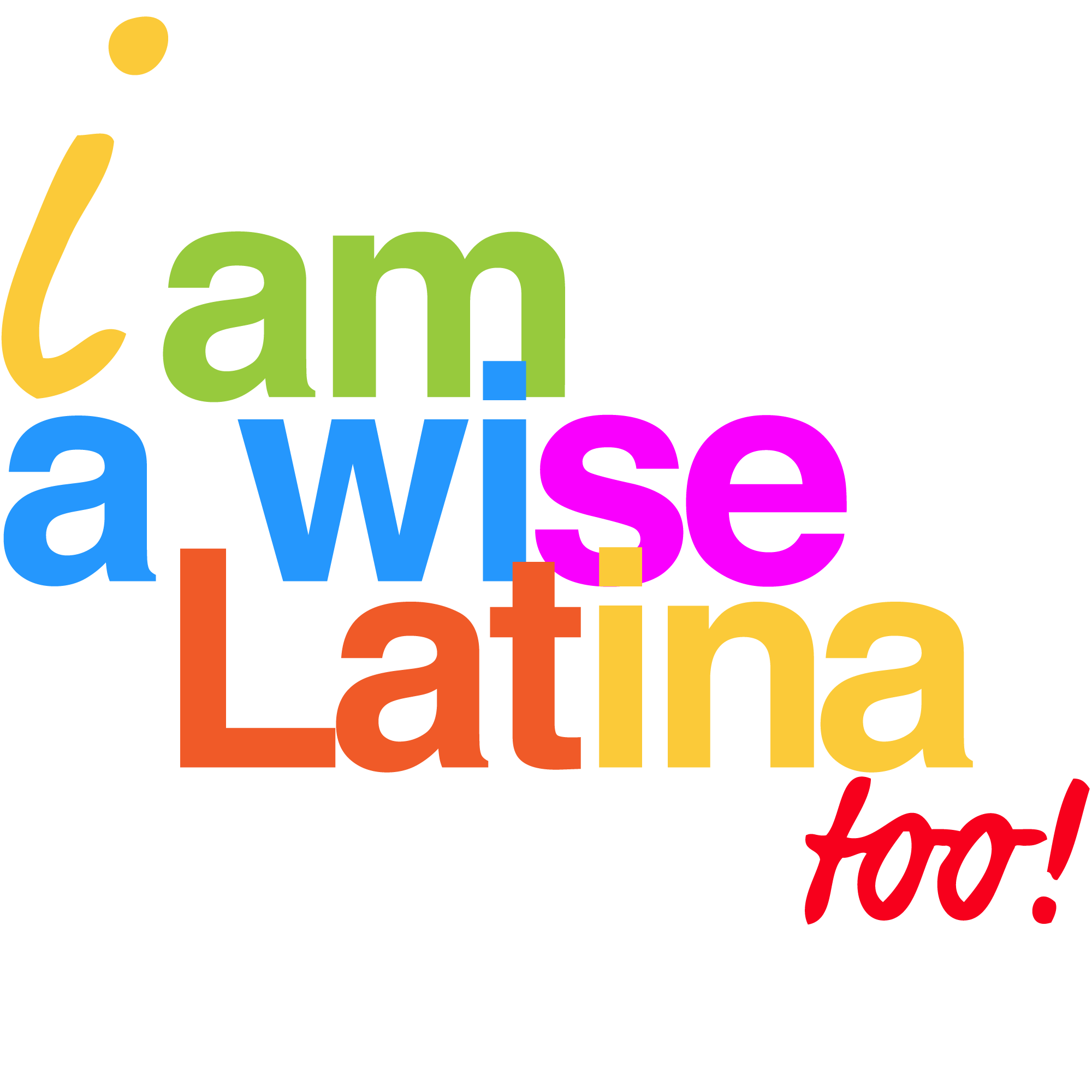Bilingual Hispanics Media Use
When Hispanics turn on their televisions over half of them are tuning into an English language show. Read how Bilingual Hispanics live with ease in both worlds.
According to a recent Ipsos U.S. Hispanic Omnibus study, U.S. Hispanics, regardless of whether their language preference at home is English (43%), or Spanish (52%), are turning to either language to meet their needs. When Hispanics turn on their televisions over half of them are tuning into an English language program.
Younger viewers are not the dominating presence in front of the English language small screen. Hispanics, aged 18-34, are actually less likely (54%) than older Hispanics, aged 55+, to prefer English language television (61%). And:
- 52% of Hispanics aged 35-54 prefer English language television.
- 45% percent of Hispanics with children in the household say that they prefer Spanish language television.
- 63% of Hispanic households without children are highly likely to prefer English television
- 80% of College educated Hispanics prefer English language television
Mixing languages does not complicate the lives of United States Bilingual Hispanics who are living with ease in both worlds – one that is in English and the other that is in Spanish, concludes the report.
The person playing that Spanish beats music on radio is most likely to be a Hispanic female (51%), as they are more likely than Hispanic males (38%) to tune into Spanish radio. Among radio preferences overall, Hispanics are practically split as 49% stated that they listen to English language radio while 45% percent listen to Spanish language radio.
- Hispanics aged 55+ are more likely to prefer radio in English than in Spanish (56% vs. 38%)
- Among those 35-54, half (50%) prefer radio in English.
- Hispanics, aged 18-34, are practically split among preference as 46% prefer English and 47% prefer Spanish radio.
- 55% of all Hispanics said that their language preference for the Internet is English.
- 39% of Hispanics age 18-34 prefer Spanish language internet sites
- 42% of Hispanic females prefer Spanish when surfing the web compared to just twenty nine percent (29%) of Hispanic men
53% of Hispanics read the news and they are looking for information in both languages:
- 53% in English to find out the current affairs in their local U.S. city
- 33% in Spanish to follow up with the news in their home country
- 44% read Spanish newspapers that cover news in their community in the United States. 57%, with an annual household income under $50,000, do so
Cynthia Pelayo, Ipsos senior research manager, says “… many US Hispanics continue to speak primarily Spanish, among their peers, family and friends, to watch television in Spanish and to be involved in cultural community events that are mostly conducted in Spanish.”
She goes on to note that their innate skill to utilize either language is an advantage in functioning in US institutions while preserving their Hispanic heritage.
With a sample of this size, notes the report, the results are considered accurate within ± 3.1 percentage points, 19 times out of 20, of what they would have been had the entire population adult homeowners in the U.S. been polled. These data were weighted to ensure the sample’s regional and age/gender composition reflects that of the actual U.S. population according to data from the U.S. Census Bureau.
Source: Jack Loechner – http://www.mediapost.com/publications/index.cfm?fa=Articles.showArticle&art_aid=100359&passFuseAction=PublicationsSearch.showSearchReslts&art_searched=hispanic&page_number=0







